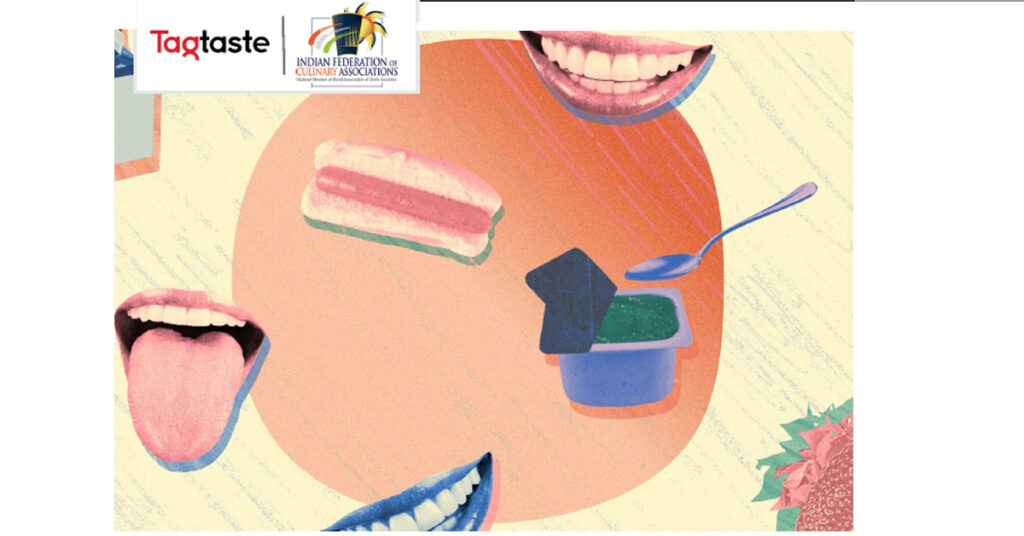
Use-by dates are a food-safety matter so you should always take them seriously. Here’s a guide to where you do – and definitely don’t – have some leeway.
Nuts
Some of the compounds formed from mould can be seriously toxic, especially aflatoxins, which can be carcinogenic. These are found on mouldy grain and nuts.
You can’t buy dangerous grains and nuts but you should take very seriously the use-by date on what you have bought. There is no meaningful trade-off between risk now and cancer later. It’s not like pharmaceuticals; it’s just a bar snack.
Fresh meat and fish
These are particularly vulnerable to bacterial spoilage, and if it smells off, it’s definitely off. However, some forms of spoilage are smellier than others, so just because it doesn’t smell doesn’t mean it’s safe.
Vulnerability to rottenness is partly about surface area – how much the meat has come into contact with the outside world, and how much of it is subject to direct heat while you’re cooking. This is why mince is such a minefield, because it has a huge surface area, and if you’re cooking a burger medium rare, the middle won’t have been thoroughly cooked.
Eggs
Eggs, strictly speaking, don’t have a use-by date but a best-before-end (BBE), which is mostly to do with quality and taste rather than safety. Drop the egg in a glass of water. If it floats to the surface, it’s definitely off. If it sits flat on its side, it’s definitely fresh. If it sits vertically, it’s somewhere between fresh and off. A fully off egg will also smell disgusting, but you can save yourself that trauma by conducting this test.
Bread
If a bread past its BBE date is mouldy, or smells of mould, don’t eat it. Don’t just chop off the mouldy bit, because there is a twilight when mould spores are present but not yet visible. Mould on bread isn’t the most dangerous of the fungi, but it’s still revolting
Oat & almond milks
These new fangled milks will keep in pantry conditions for several months, then for seven days in the fridge. There hasn’t been a huge amount of consumer experimentation. Oat milk is lower in fat and higher in sugar, so will last longer. Almond milk won’t have a very strong smell, even if it’s off, so taste it tentatively.
Flour
Your real enemy is the weevil. Some people say just sift them out, others remind us that you don’t know what else those bugs have been crawling over.
Dried pulses and beans
We think of these as forever foods, but by the end of the best-before date, they will be tough and won’t taste as good. Vexingly, they will have toughened at different rates within the packet, so it will be impossible to adjust your cooking times for toughness without some of them going mushy. Stick with the guidelines.
Yeast & baking powder
Baking powder and bicarbonate of soda typically have shelf lives of one to two years, but storage is more important than numbers. If you’re using old yeast, we would always recommend using 1.5 times the amount the recipe states, leave it for an extra hour, and if you’re really running low on flour, make a quarter batch, then if it doesn’t rise, or doesn’t go so well, you can work it into a soda bread
Cured meat and fish
Salt, naturally, has a preservative effect, and the sniff and overall appearance test should work with things such as salami. These things have a pretty good shelf life to begin with, and are very low effort (you don’t have to cook them, you just have to pop them in your mouth). So there is something to be said for using your memory rather than your judgment. Eat them before the use-by date, and you won’t have to play ham-roulette.
Dried fruit
Again, frozen, tinned and dried food gets a BBE date rather than a use-by date. You can sail past the BBE on dried fruit by as much as a year, though the higher the water content, the less time you have – figs and dates won’t last as long as currants and raisins. Do yourself a favour, though, and taste these things if they are very old. If they no longer taste of themselves, that’s just a waste of calories.
